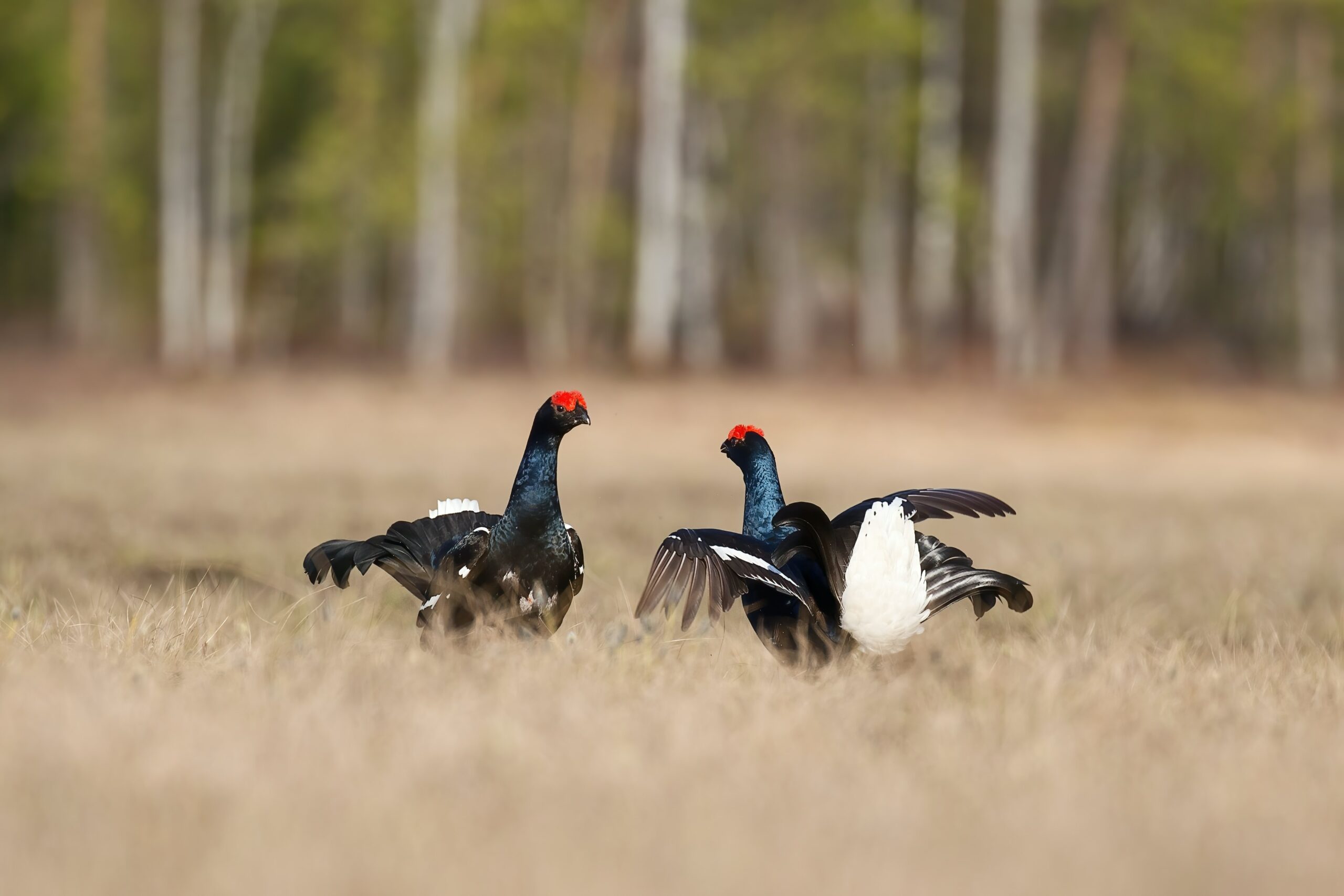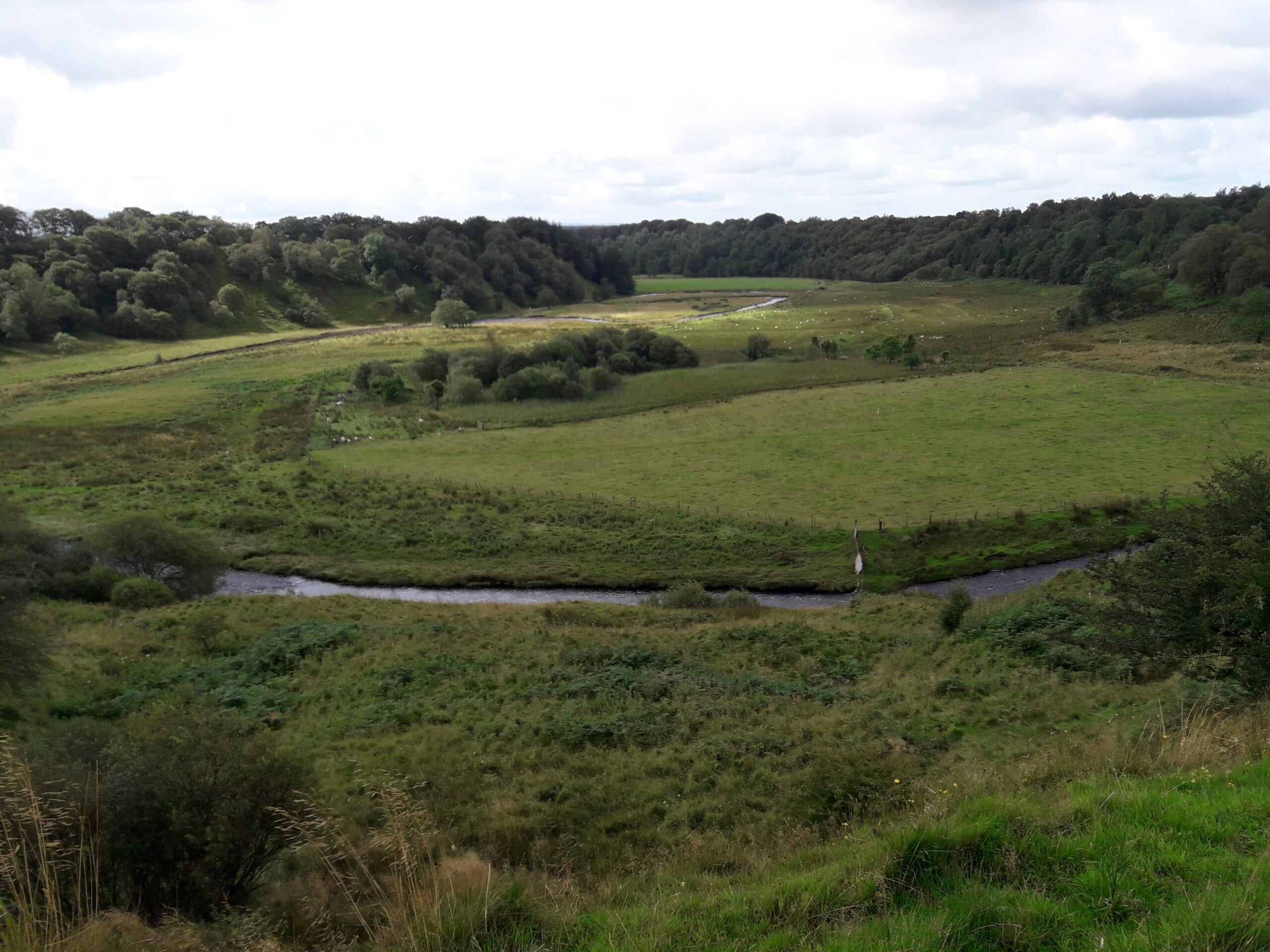
PROJECT OUTLINE
In 2019, our specialist ecology team was commissioned to undertake black grouse lek surveys as part of a 15-year monitoring regime on a quarry site in East Ayrshire.
Surveys for these impressive birds rely on being able to spot the males when they meet at set locations (leks), usually at dawn. They display by fanning out their feathers, doing short display flight-jumps, and nearly non-stop calling. The dominant males hold the best locations in the lek and subsequently mate with the most females. Counting the displaying males allows us to estimate population size alongside searching for physical evidence like droppings and feathers.
OUR ROLE
Temple is regularly called upon to deal with situations where ecology surveys and analysis have been poorly carried out. In this case, our experience and expertise enabled us to review and devise a new approach to align the data captured with its intended purpose. Of particular relevance for this project was the aim of delivering proposals that not only addressed black grouse but simultaneously maintained and improved habitats to better support the bird interests of the adjacent Muirkirk and North Lowther Uplands Special Protection Area.
OUR VALUE
Sadly, no evidence of these beautiful birds was returned by the surveys even though historically a population had been present. However, our focus was to provide a series of practical, workable recommendations that aimed to encourage black grouse back to the area. It was considered that food species (heather) loss and habitat fragmentation had led to the localised loss of this species, therefore, our approach was to facilitate changes to grazing regimes and provide moorland restoration improvements. Options included re-wetting through drain management and replanting of lost heather (due to heather beetle) and blaeberry.
Finally, to support the future monitoring of the site, Temple restructured the data from previous monitoring reports and provided additional guidance on future survey work, to enable year-on-year direct comparisons and allow for positive feedback to inform continued management.

